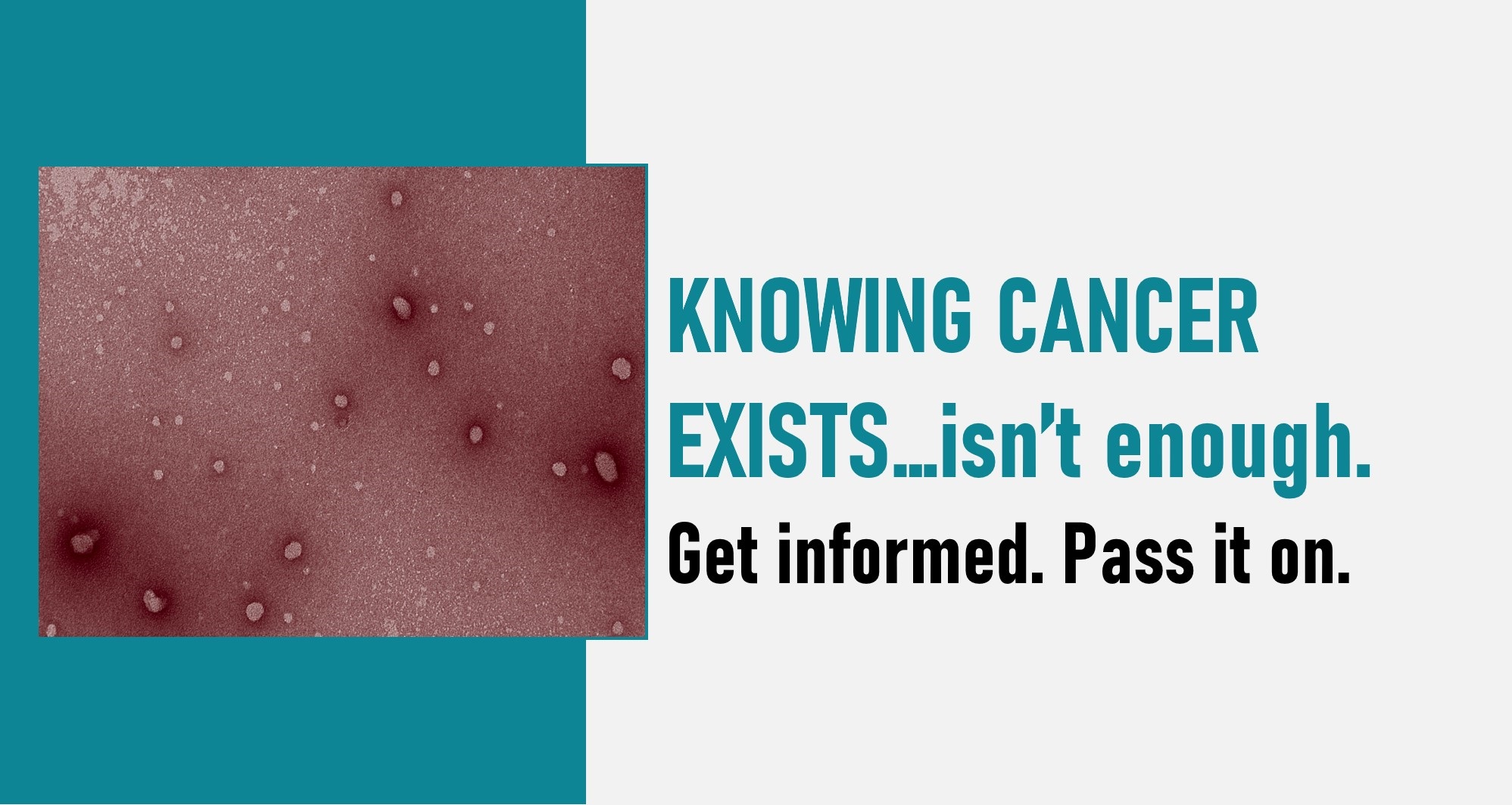- CIMS Hospital, Ahmedabad, GJ
- Call: +91 99099 27664
- Mon - Wed: 10:00 am - 05:00 pm
- Fri & Sat: 10:00 am - 05:00 pm
- Sun & Thu: Closed
Contact Us
Knowing Cancer & Care

Knowing Cancer & Care
The Word “Cancer”
Word cancer literally means an evil or destructive practice or phenomenon that is hard to contain or eradicate. Scientifically it means a malignant growth or tumour resulting from an uncontrolled division of cells. Cancer can be distinguished according to tissue of their origin. It can be categorised as carcinoma, sarcoma, leukaemia and lymphoma.
To understand deeply about cancer origin, disease progression, treatment options and prognosis, you need to consult your oncologist. Cancer causing factors can be categorised into four classes- genetic factors, environmental factors, acquired or personal factors and unknown factors.
Genetic factors
A gene is the basic functional unit of hereditary. Gene is a sequence of nucleotides in DNA or RNA. Gene forms genetic product such as proteins which help in regulation of cell functioning. Cells continuously undergo cell division and in due process they acquire mutations which if not corrected or checked in can lead to structural changes or unabated growth leading to cancer.
Cancer related genes can be categorized into two categories- oncogenes, which promotes carcinogenesis and tumour suppressor genes, which inhibit cancer growth. Over activity or activation of oncogenes and inactivity of tumour suppressor genes leads to carcinogenesis. Genetic cause of cancer can be inherited or acquired; it can be a germ line or somatic mutation.
Acquired or personal factors
This can also be called as modifiable factors, this group includes dietary habits, bad habits or substance abuse and lifestyle.
High Energy Consumption – Overweight, obesity and inactivity are major contributors to cancer risk, in particular; colorectal cancer, postmenopausal breast cancer, uterine cancer, cervical cancer, pancreatic cancer, and gallbladder cancer. Adiposity and, in particular, waist circumference are predictors of colon cancer incidence among women and men.
A weight gain of 10 kg or more is associated with a significant increase in postmenopausal breast cancer incidence among women, whereas a weight loss of comparable magnitude after menopause substantially decreases breast cancer risk. Regular physical activity contributes to a lower prevalence of being overweight and obesity and consequently reduces the burden of cancer through this pathway.
Carbohydrates with a high glycaemic load increase blood glucose levels after consumption, which results in insulin spikes increasing the risk for type 2 diabetes. Several cancers, including colorectal cancer and breast cancer, have been associated with type 2 diabetes. Associations have been observed for pancreatic and endometrial cancer risk.
Alcohol – The consumption of alcohol increases the risk of numerous cancers, including those of the liver, oesophagus, pharynx, oral cavity, larynx, breast, and colorectal in a dose-dependent fashion. Evidence is convincing that excessive alcohol consumption increases the risk of primary liver cancer.
High Fat Meat – High fat red processed meat is associated with increased risk of colon cancer.
Animal fat consumption is most strongly associated with the incidence of aggressive prostate cancer.
Tobacco – chewing or smoking, in any form it leads to multiple cancers. Tobacco use is associated with lung cancer, head & neck cancer, Esophagus, stomach, pancreas, kidney, bladder, colon and rectum cancers.
